
All categories
Featured selections
Trade Assurance
Buyer Central
Help Center
Get the app
Become a supplier

(12615 products available)


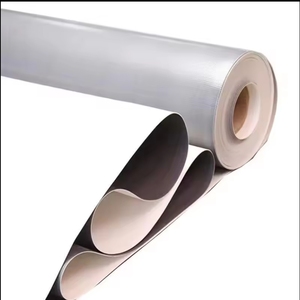
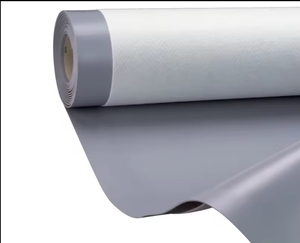






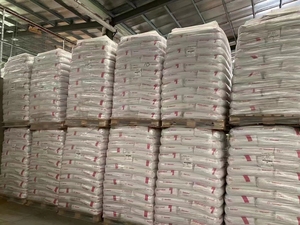




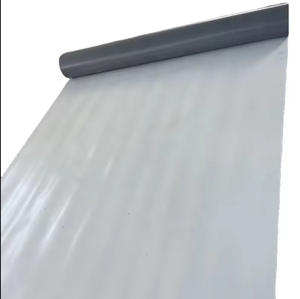



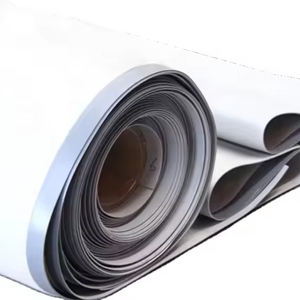


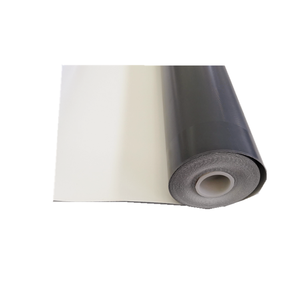









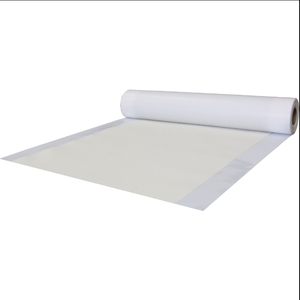
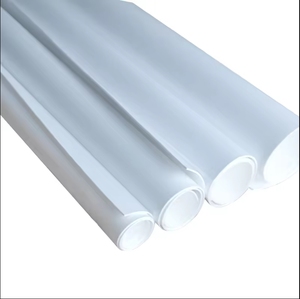




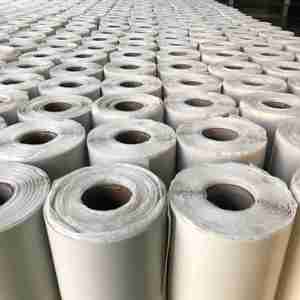

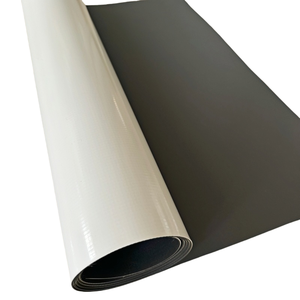












material tpo stand as a significant innovation in the realm of Rubber & Plastics, particularly within the category of Plastic Raw Materials. These materials are specifically engineered to provide enhanced flexibility and durability. They are known for their exceptional ability to mimic the characteristics of natural rubber, such as elasticity and resilience, while offering the advantages of plastic, such as moldability and chemical resistance. material tpo are widely used across various industries, including automotive, consumer goods, and medical devices, due to their versatile nature and performance benefits. As technology advances, the development of material tpo continues to evolve, aiming to meet the growing demands for sustainable and efficient materials.
There is a diverse range of material tpo available, each tailored to meet specific industrial needs. The most common types include styrenic block copolymers (SBCs), thermoplastic polyolefins (TPOs), and thermoplastic vulcanizates (TPVs). SBCs are known for their excellent elasticity and are often used in applications requiring soft-touch materials. TPOs offer a balance of toughness and flexibility, making them ideal for automotive parts and construction materials. TPVs provide enhanced heat and chemical resistance, which is beneficial for applications in harsh environments. Each type of material tpo possesses unique properties that cater to different functional requirements, ensuring that manufacturers can select the most appropriate material for their specific application.
material tpo boast a multitude of functions and features that make them indispensable in modern manufacturing. One of their primary functions is to provide a combination of rubber-like elasticity with the ease of processing typical of plastics. This enables the creation of products that are both durable and flexible. Features such as resistance to abrasion, UV stability, and chemical inertness further enhance their application scope. For instance, material tpo used in automotive components deliver superior performance in terms of impact resistance and temperature endurance. Moreover, their ability to be recycled and reused aligns with current sustainability trends, offering a material solution that reduces environmental impact while maintaining functional integrity.
The composition of material tpo involves a combination of polymers and additives to achieve desired properties. The primary polymer bases used include polyolefins, styrenics, and elastomers, each selected for specific performance attributes. Additives such as stabilizers, fillers, and colorants are integrated to enhance the material's properties. For example, UV stabilizers are added to improve weather resistance, while fillers may be used to increase stiffness or reduce cost. The choice of ingredients directly impacts the characteristics of material tpo, allowing manufacturers to customize the material for specific applications. As the industry moves towards eco-friendly solutions, biodegradable additives are being explored to create sustainable alternatives without compromising quality.
Utilizing material tpo effectively requires understanding their properties and application limits. When selecting material tpo for a project, consider the environmental conditions and mechanical demands it will face. Ensure the material chosen can withstand the intended stressors, such as temperature extremes or chemical exposure. Employing correct processing techniques is crucial to maintaining the integrity and performance of material tpo. For instance, injection molding or extrusion processes need to be calibrated to the specific thermal and flow characteristics of the material. Additionally, leveraging the recyclability of material tpo can enhance sustainability efforts, promoting responsible use and disposal practices. Educating stakeholders on the benefits and limitations of these materials can significantly optimize their application and lifecycle management.
Selecting the appropriate material tpo involves understanding the specific requirements of your application. One crucial factor is the compatibility of the material with your product's environment. For instance, if the application involves exposure to high temperatures or harsh chemicals, you should opt for a material tpo with excellent thermal stability and chemical resistance. Additionally, consider the mechanical properties required, such as tensile strength and elasticity, to ensure the material can withstand operational stresses without compromising performance.
Another consideration when choosing material tpo is the processing method. Different types of material tpo may be more suitable for specific manufacturing processes like injection molding, extrusion, or blow molding. Understanding the flow characteristics and processing temperatures of the material is essential to achieve optimal results. Moreover, the choice between rigid or flexible material tpo can impact the final product's design and functionality, making it vital to align material properties with design specifications.
When selecting material tpo for medical applications, it's important to consider biocompatibility, sterilization compatibility, and regulatory compliance. The material should not cause adverse reactions when in contact with human tissue, and it must withstand common sterilization methods such as autoclaving or gamma irradiation without degrading. Compliance with medical standards, such as ISO 10993, is also crucial to ensure safety and efficacy.
material tpo contributes to sustainability by offering recyclable and reusable properties, reducing waste in production processes. Some types of material tpo are made from renewable resources or incorporate biodegradable additives, minimizing environmental impact. Additionally, their durability and longevity help extend product life cycles, further supporting sustainable practices by reducing the frequency of replacements.
Yes, certain types of material tpo are designed for high-impact applications. Materials like thermoplastic vulcanizates (TPVs) and thermoplastic elastomers (TPEs) offer excellent impact resistance and energy absorption, making them suitable for use in automotive parts, sports equipment, and other applications where durability is essential. It's important to select the right grade and formulation of material tpo to meet the specific demands of the application.
Using material tpo in construction poses challenges such as ensuring material compatibility with other building components and achieving the necessary structural integrity. Additionally, exposure to outdoor elements like UV radiation and temperature fluctuations can affect the performance of material tpo. Therefore, selecting a material with UV stabilizers and appropriate weather resistance is vital for long-term durability in construction applications.
The choice of additives significantly influences the properties of material tpo. Additives such as plasticizers can enhance flexibility, while fillers can increase stiffness or reduce weight. Stabilizers improve thermal and UV resistance, and colorants provide aesthetic appeal. Each additive modifies the base polymer's characteristics, allowing for customization to meet specific application requirements. The careful selection and balance of these additives are essential to optimize the performance of material tpo.